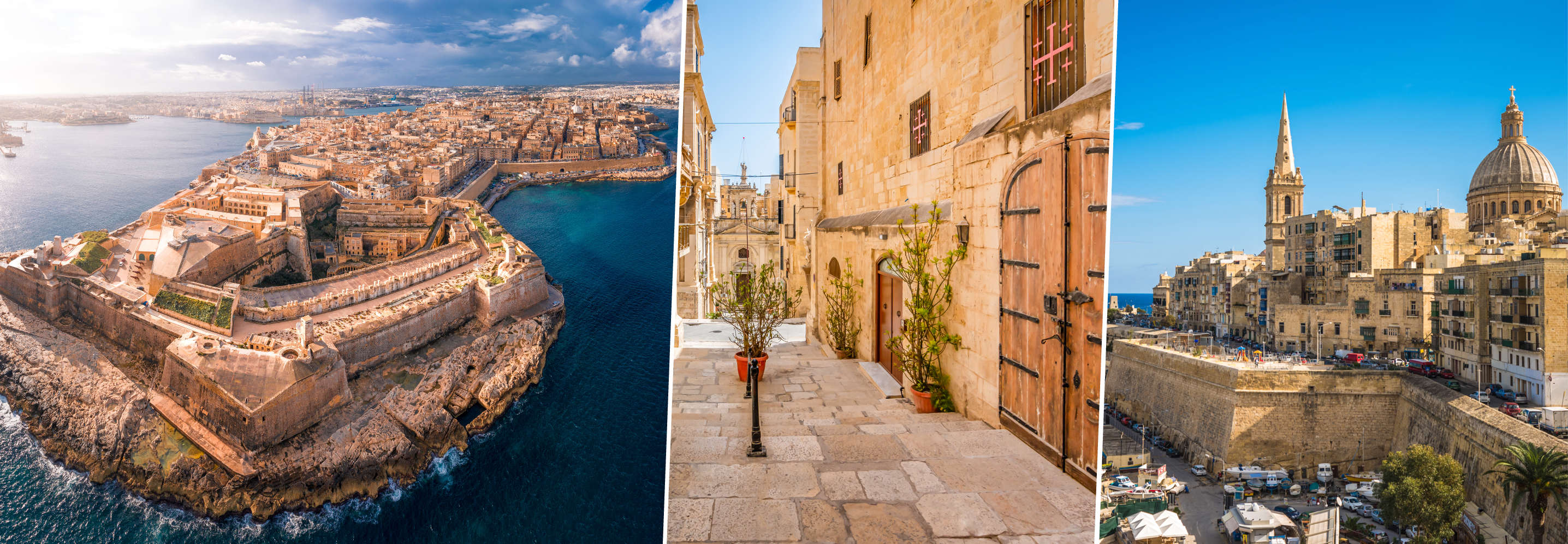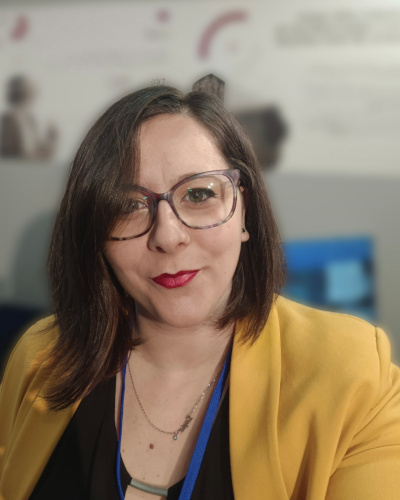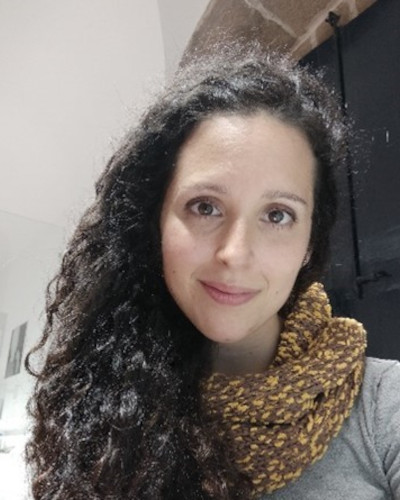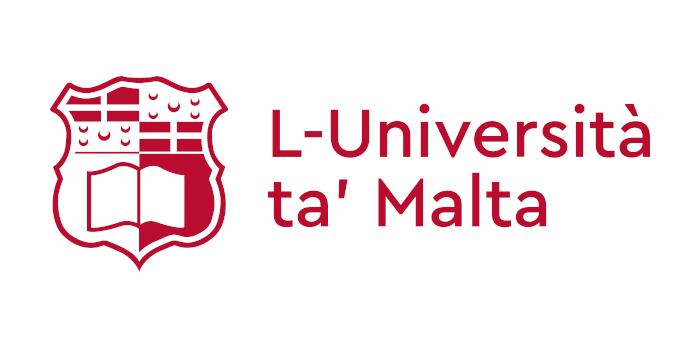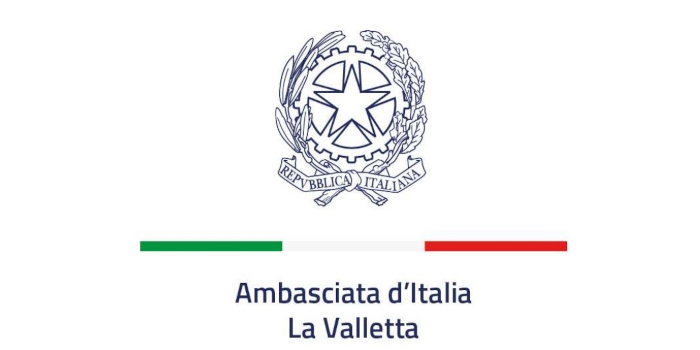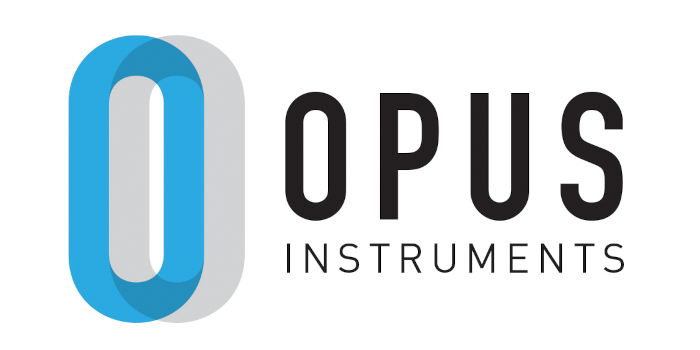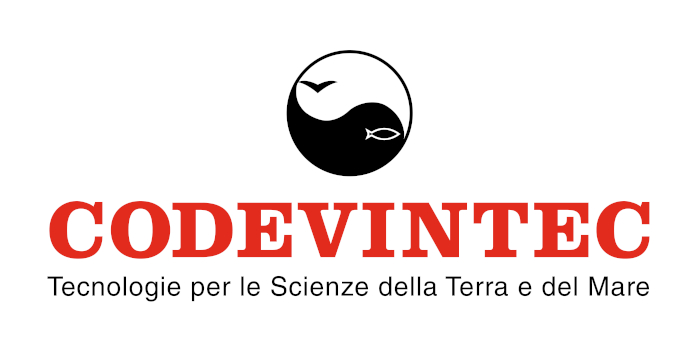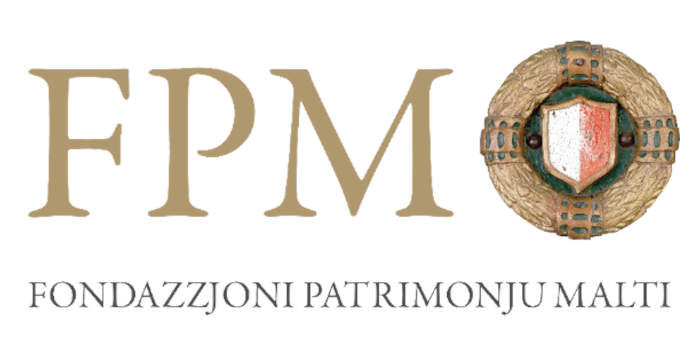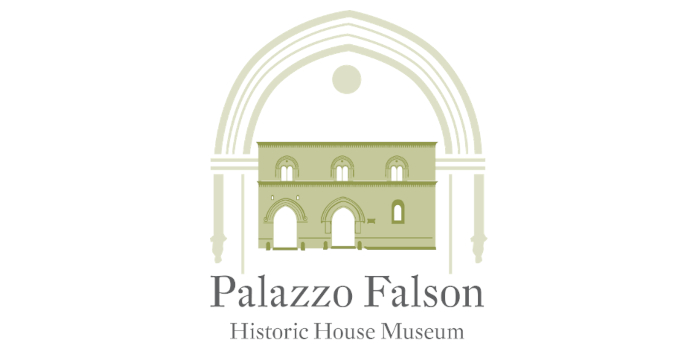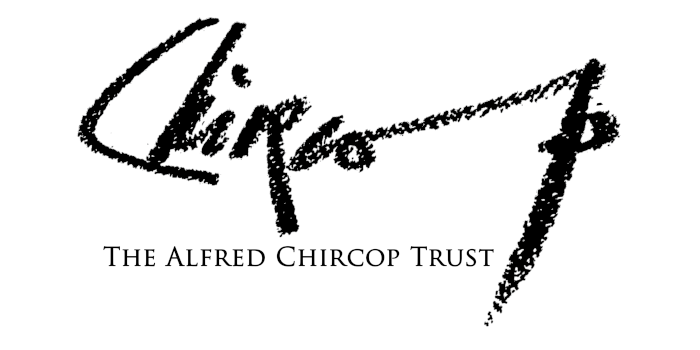SPECIAL SESSION #27
Invisible stories: mobile instruments for the interdisciplinary study of hidden details in painted artefacts
ORGANIZED BY
Sofia Ceccarelli
Institute of Heritage Sciences, National Research Council, Italy
Silvia Bottura Scardina
Department of Conservation and Built Heritage, University of Malta, Malta; HERCULES Laboratory, Institute for Advanced Studies and Research, University of Évora, Portugal
ABSTRACT
In the current world situation where wars and natural cataclysms bring continuous and tragic changes, the preservation of the Cultural Heritage seems to be more necessary than in the past. Transmitting past traditions, the technological expertise and beauty of every culture is indeed an utter priority. Retrieving as many details as possible about the artistic and technical execution and historical layers of artworks is a necessary task to reconstruct their social value, to plan the most appropriate conservation treatments and ensure long-lasting preservation. Addressing the goal of reconstructing the invisible layers of artworks can be successfully achieved with interdisciplinary studies, mixing diagnostic and scientific techniques with humanistic and historical approaches. Referring to the production of scientific data, mobile techniques have proved effective tools to unveil the material and historical stratigraphy of painted artefacts. Through imaging techniques, including reflectography, thermography and radiography, it is possible to investigate under the visible pictorial layer and discover hidden details, providing precious information about the artwork creative process and conservative conditions. In addition, chemical imaging and spectroscopic analysis allow identifying the pigments and binders of pictorial mixtures and characterising their degradation as well. In the Heritage Science field, the portability of the instrumentation is as crucial as the results themselves and requires technological improvements that allow collecting in situ measurements. Finally, the combination of different methodological approach using complementary techniques is fundamental to achieve full knowledge of the investigated objects, thus confirming the importance of a multi-technique and multi-disciplinary approach.
The session aims to gather applications of the mentioned interdisciplinarity for the study of hidden details in painted artefacts for revealing invisible stories, unveiled with a close collaboration between scientists, historians and art historians.
MAIN TOPICS
This Special Session aims to promote the interplay between the researchers of the scientific community by presenting and discussing experiences and research contributions on the following topics:
- Imaging techniques;
- chemical imaging;
- spectroscopic techniques;
- non-destructive methods;
- portable instrumentations;
- paintings;
- painted cultural heritag.
ABOUT THE ORGANIZERS
Sofia Ceccarelli, received the M.S. in Science and Technologies for Cultural Heritage Conservation from the Sapienza University of Rome in 2016 and the PhD in Industrial Engineering from the Tor Vergata University of Rome in 2022. Currently, she is working at the CNR Heritage Science Institute (ISPC) of Naples within the ERC grant GreekSchools by coordinating the scientific analyses on the Herculaneum papyri. Her expertise fields comprehend multispectral imaging, 3D modelling and colour representation, web programming and design, developed in national research contexts, such as GARR, ENEA and CNR. She is author and co-author of about thirty publications in international journals and co-editor of a Springer book.
Silvia Bottura Scardina, obtained the M.Sc. in Science and Technologies for Cultural Heritage Conservation from Sapienza University of Rome in 2016 and a Ph.D. in Heritage Science from the University of Lisbon in 2022. Currently, she is the Laboratory manager of the Department of Conservation and Built Heritage of the University of Malta and a collaborator of the HERCULES Laboratory (University of Évora, PT). Her scientific expertise encompasses the use of mobile techniques of technical imaging (Vis, NIR, SWIR), FTIR spectroscopy, Raman spectroscopy and image processing, art-technical studies.

